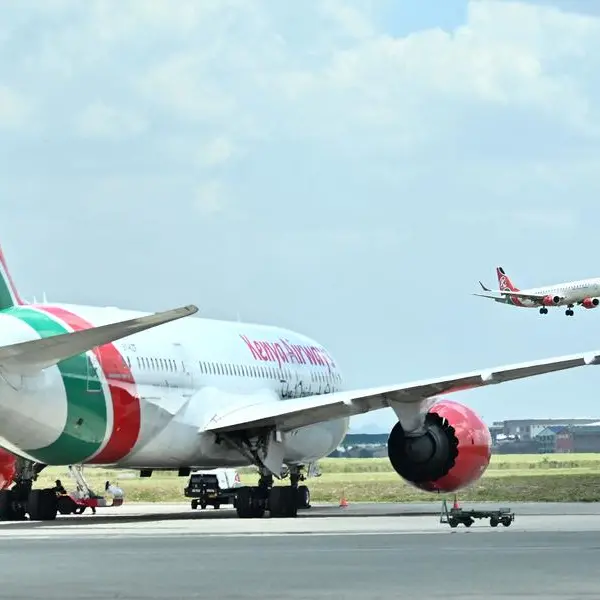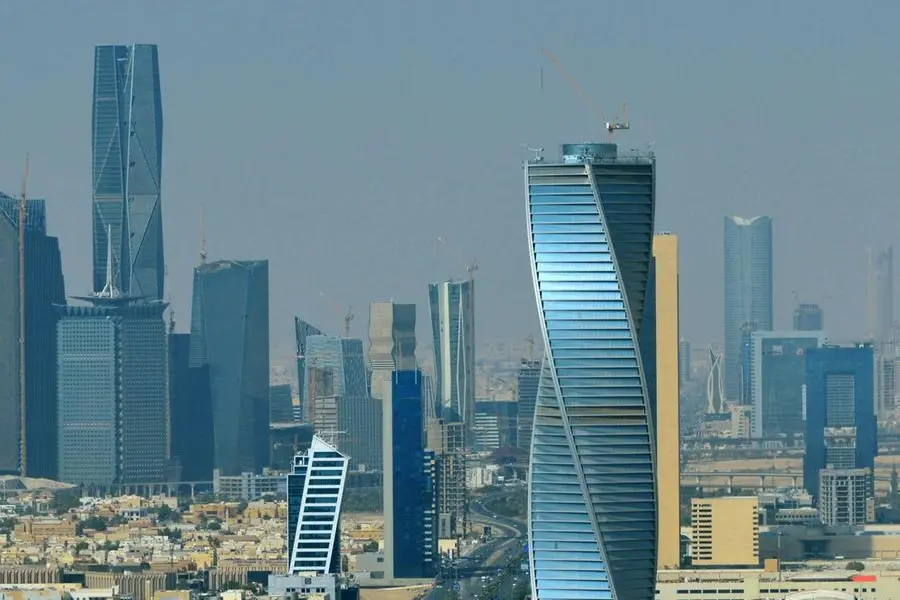The twin shocks of the global shutdown due to Covid-19 and the collapse in oil prices have significantly impacted GCC economies and have shaken the education landscape dramatically. The economic impact of this perfect storm is being felt across the GCC population with a spike in redundancies, pay cuts and unsolicited unpaid leaves. Many parents are unable to pay school fees.
Private schools have come under immense financial stress as they face revenue and cashflow challenges in the short-term given lower term-3 billings but more importantly lower collection of term-3 tuition, as the number of defaulting parents increases. Furthermore, schools will suffer in the mid-term with lower enrollment as demand decreases due to the knock-on effect of laid-off white-collar workers who returned to their home country.
Generally speaking, lower tuition private schools tend to operate with low margin and any revenue drop would affect both their profitability and cashflow. On the other hand, most high tuition schools that offer contemporary curricula and operate state-of-the-art campuses tend to be relatively new. These schools usually are in cash-burning mode in their first years of operation. They become cash flow positive on average after the fifth year of operation, assuming they meet their enrollment projection ramp-up (this has not been the case in recent years). The Covid-19 crisis would further stress their path to profitability and present a huge cash management challenge.
GCC governments have committed to improve their education sector in order to building a stronger human capital and boost their competitiveness globally, they have also recognized that the increase participation of the private sector is a key pillar of their education agenda. Therefore, governments should revisit their national education strategy to tackle the challenges and hardships of the new reality to preserve the private education sector from economic dislocation.
Private school under financial stress
Private schools had to reassess their operations and costs while ensuring business continuity for the new remote delivery model and maintaining readiness for next academic year resumption of operation. Most schools have engaged in cost reductions including salary cuts and redundancies (or furlough) of some staff that are not crucial in the short-term (like PE teachers, activity providers or teachers, and class assistants…). Schools are also actively assessing their liquidity and cash management needs and engaging with their various capital providers including their shareholders and their banks. Schools with existing debt are seeking more flexibility on re-payments from their banks or are exploring some of the government sponsored initiatives for payment deferral schemes.
I believe the above measures while necessarily are not enough to alleviate the financial stress that is affecting most of the low margin schools, newly established schools, and stand-alone schools.
Government financial support for private schools
Governments should directly or through their own Government Related Entities (GREs) implement a comprehensive rescue plan that includes alleviating relief policies as well as some sort of financial bail-out for the private education sector. Governments would need to identify level of distress and prioritize assistance accordingly while also taking into consideration other factors such as curriculum, price-point, and level of academic achievement or ranking. This assistance plan should be broad based to include private schools that caters to the nationals as well as expat students, as private schools are a crucial part the GCC governments’ modernization of the education sector.
Invest and Consolidate
Distressed institutions can also create investment opportunities for governments and their GREs. In fact, the GREs can play a constructive role by driving consolidation in the sector. The sector has previously benefited from private capital inflow (mainly PE investors) but primarily in the form of growth capital for well-established education platforms or in the form of greenfield plays for establishing new schools (new curriculums or new geographies).
The current financial stress makes the sector more ripe for a well-executed consolidation strategy. GREs can optimize these fragmented standalone private schools and create value by realizing synergies and economies of scale by merging them into a shared platform. For example, schools that are part of a larger platform benefits from lower administrative costs from sharing centralized back-office functions or from sharing some physical facilities
GREs as financial investors can create or unlock value while perusing this consolidation. Moreover, as strategic investors, they can also use their newly acquired private schools to elevate the posture of public schools by encouraging cooperation such as advise on curriculum upgrades, sharing of knowledge, training for the public schools’ teachers…
Rethinking Rents
There should be also a rethinking of the rents that schools pay. Rents, both the building rents as well as the base rents (land rent), tend to be around 10 to 15% of revenues on average of a well ramped up school, and above 20% for recently established schools with a lower utilization rate. This exercise is relatively easy when the land or the property is owned by a GRE (as is the case in most free zones in the UAE), however it is a bit more complex when the property is owned by a private investor. In that case, the government could devise a subsidy scheme that would reduce the rent burden on the school without much penalizing the private investor.
Funding Teachers’ Salaries
Another less obvious but effective measure that would also benefit the economy as whole, in my opinion, is a direct intervention by the government to fully or partially fund teachers’ salaries until the containment measures are lifted and schools reopen. This seems an odd or extreme measure, however staff and staff related costs represent on average around 50% of well utilized schools, and higher for school offering international modern curriculums.
Teachers are not just another resource or operating cost that can be slashed in time of crisis with hope to restore when normal operation resumes. In the GCC, one of the main challenges facing schools is attracting and retaining qualified and experienced teachers. In fact, shortage of high-quality trained teachers is a major challenge facing the education sector globally.
Allowing layoffs or severe and prolonged pay cuts to affect teachers would result in an exodus of teachers to other regions such as Asian and increasing teachers’ shortage in the region. The quality of schools and their education offering would suffer as it cannot exceed the quality of its teaching staff. The UAE was the most successful among the GCC countries in attracting high quality internationally accredited teachers to improve the quality of education, this has not been an easy task and it took almost two decades of reforms and investments.
The recent crisis dealt a major blow to the private education sector, governments and their GREs should respond quickly to reduce the financial stress faced by schools. The response is by no means a one-size-fits-all policy as each country has his own unique education ecosystem. I believe the cost of supporting the existing private education sector might be much lower than the cost of rebuilding one, both in monetary and socioeconomic development terms.
* Any opinions expressed in this article are the author’s own
Disclaimer: This article is provided for informational purposes only. The content does not provide tax, legal or investment advice or opinion regarding the suitability, value or profitability of any particular security, portfolio or investment strategy. Read our full disclaimer policy here.
© Opinion 2020




















